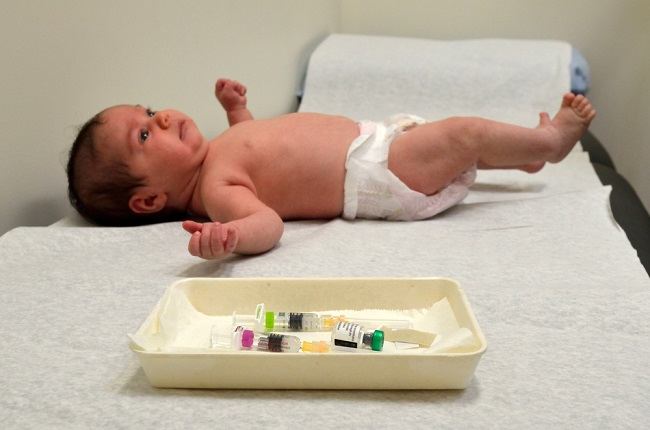Vasectomy can be a safe contraceptive option for men. However, this method sometimes causes anxiety for some men, because it is feared that it will affect the quality of their sexual relationship with their partner.
Vasectomy is one of the most effective contraceptive methods in men. This procedure is permanent, but men can still ejaculate. However, the semen released through ejaculation does not contain sperm so that the process of fertilization of the egg will not occur.

Vasectomy at a glance
Under normal conditions, sperm produced in the testes will flow through the ducts vas deferens towards the urethra. This sperm will be released along with semen during ejaculation during sexual intercourse.
If ejaculation is done in the uterus, then the process of fertilization of the egg by sperm can occur. This allows pregnancy to occur.
Through a vasectomy procedure, a sperm-carrying tube or vas deferens will be cut off, so that the semen will not contain sperm during ejaculation. Thus, pregnancy can be prevented.
Effect of Vasectomy on Sex Performance
The vasectomy method is still a cause for concern. One of them is the myth that a vasectomy can affect a man's sexual arousal. However, this is not the case.
After a vasectomy, a man can still feel an erection and even ejaculate. This is because a vasectomy does not affect the production of the male hormone testosterone. Although shortly after the vasectomy is done sometimes there is pain in the testicles, but this is only temporary.
Research shows that in men who have undergone a vasectomy procedure, there is no difference in sexual satisfaction compared to those who have not had a vasectomy.
Likewise with their partners, the study showed that the partners of men who underwent vasectomy did not show any complaints related to sexual satisfaction.
A few days after undergoing a vasectomy procedure at the hospital, you are advised to wait approximately 8–12 weeks after surgery. It is important that you pay attention to anticipate the presence of remaining sperm so that pregnancy does not occur.
Semen that comes out during ejaculation after a vasectomy will not be much different because sperm is only a small part of the semen as a whole.
Complication RiskWhat Can Happen After a Vasectomy
As a permanent method of contraception, vasectomy has the advantage of being a safe procedure. However, just like any other medical procedure, a vasectomy also carries a risk of complications, although they are rare. These risks include:
- Bleeding or blood clots (hematoma) in the scrotum
- There is blood in the semen
- Accumulation of fluid in the testicles
- Abnormal cyst in the epididymis (spermatocele)
- Infection at the surgical site accompanied by fever or redness
- Pain in the testicles that lasts a long time
- Sperm granuloma, which is a hard lump or infection in the scrotum due to sperm leakage
- Hydrocele, a fluid-filled sac that causes swelling of the scrotum
Another thing you should also pay attention to is that a vasectomy does not protect men from sexually transmitted diseases. To prevent this, have a healthy sexual relationship by not changing partners or keep using condoms.
The thing that Things to consider before undergoing a vasectomy
Vasectomy surgery should be done by agreement with the partner, because this method of contraception is generally permanent. Therefore, there are several things you need to consider before undergoing a vasectomy, including:
- Do not intend to have or increase the number of children again.
- Avoid making decisions when you are stressed or experiencing psychological pressure.
- Discuss with your partner about the surgery plan to be carried out.
In addition, a vasectomy procedure may also be considered if your partner has a condition that makes it impossible to get pregnant again or has a genetic disorder that you don't want to pass on to your child.
If you still have questions about a vasectomy or are planning to undergo the procedure, it's best to talk to your doctor first. The doctor will help determine the right type of contraception according to your condition and needs.









